Classic dermatology
Classic dermatology is the diagnosis, treatment and prevention of common skin diseases such as acne, eczema, psoriasis (psoriasis), skin infections, allergies, fungal infections, dermatitis (skin inflammation) and sexually transmitted infections.
This includes recommendations for skin care as well as protection against sun damage and early detection of skin cancer. Regular skin examinations are recommended to identify potentially malignant skin changes at an early stage.
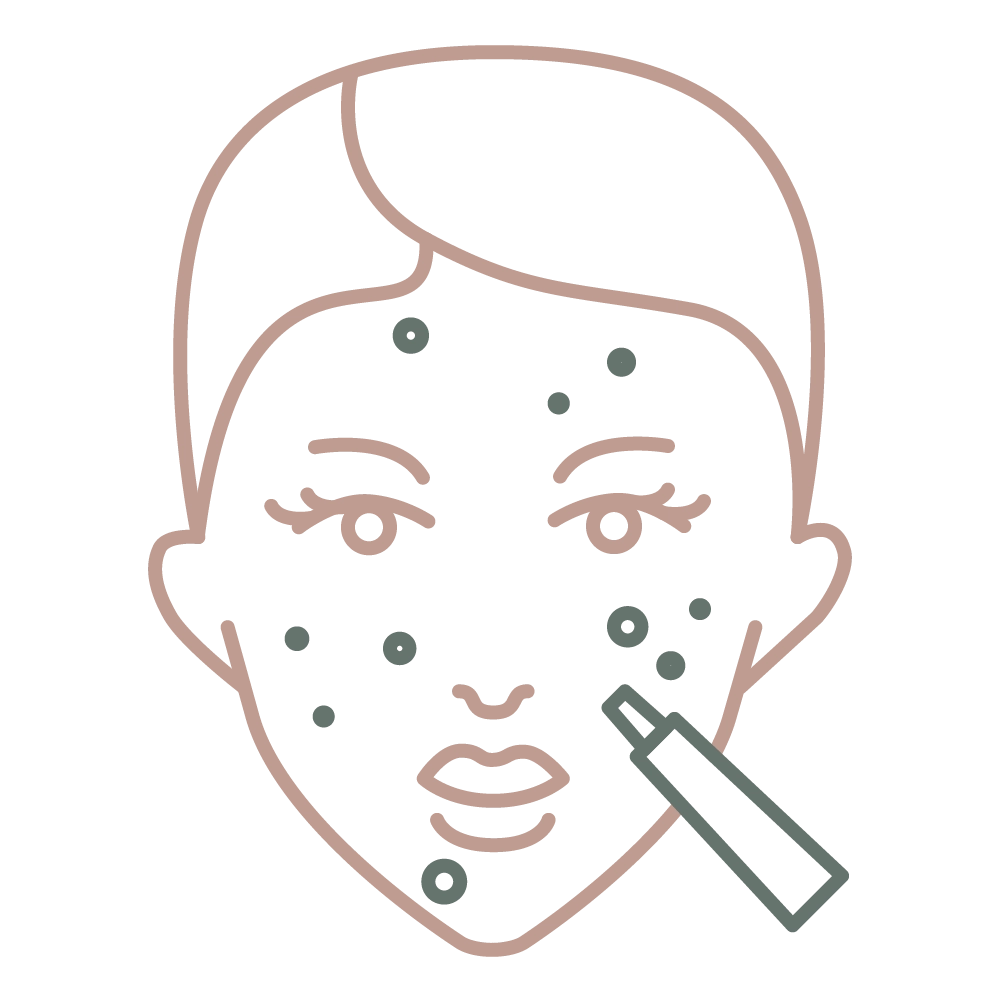
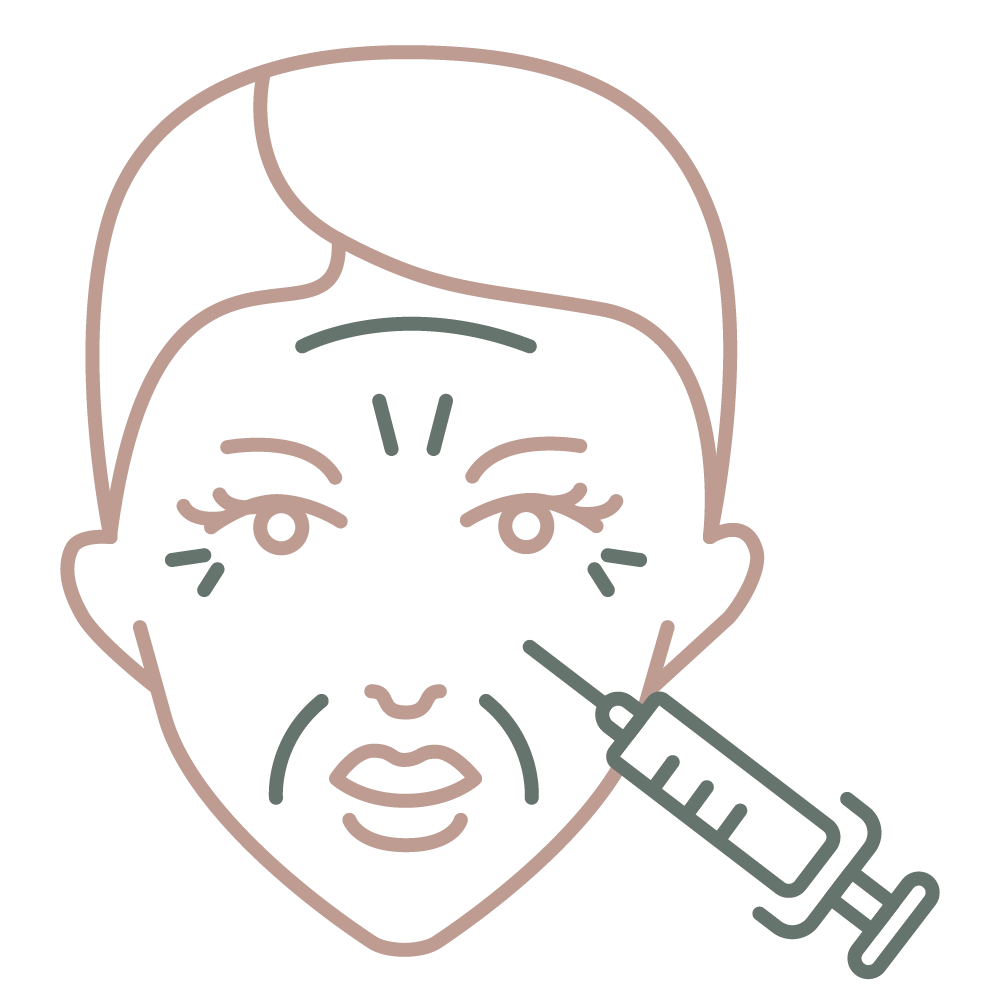
Aesthetic medicine
Laser therapy
Lasers can be used for hair removal, treating acne scars, skin rejuvenation, removing pigment spots, and reducing vascular lesions such as spider veins. In our dermatological practice, we offer a variety of laser treatments that are individually tailored to your needs.

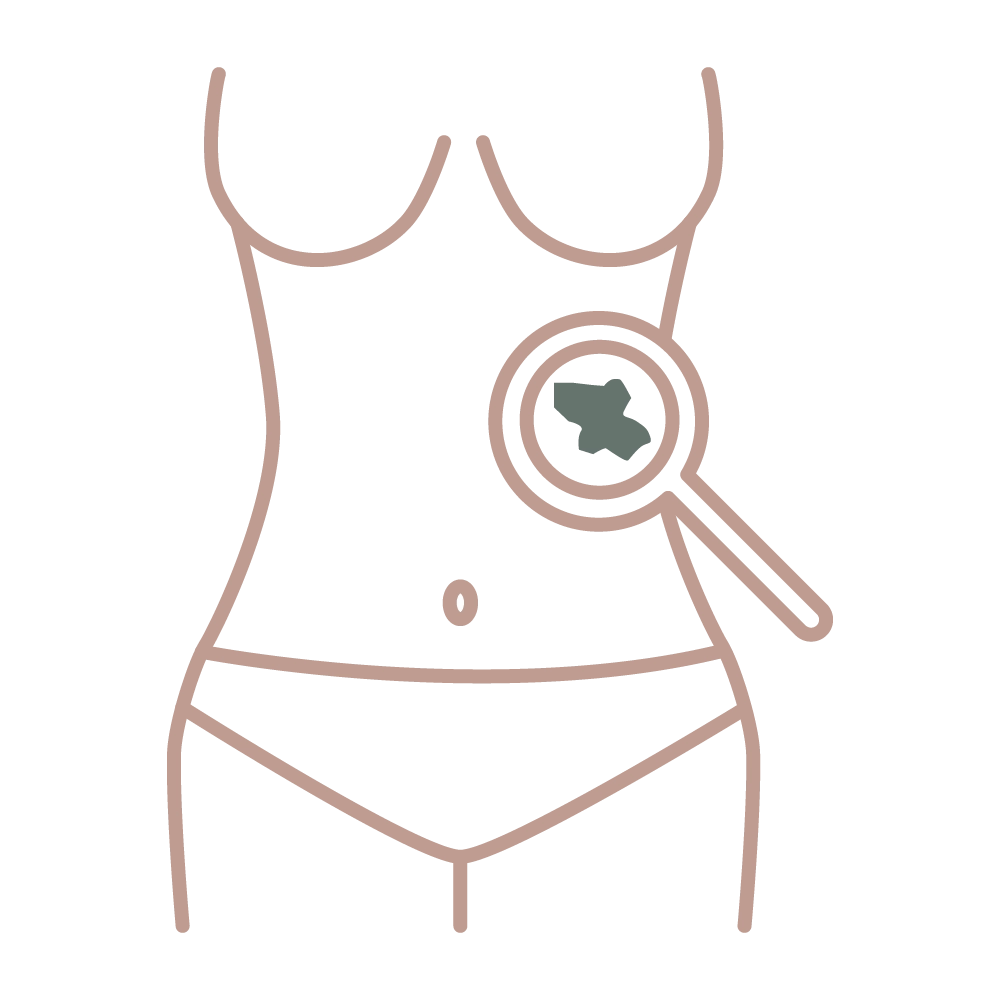
Skin cancer screening
35-year-old people with statutory health insurance are entitled to skin cancer screening every 2 years. It is important to attend this screening regularly in order to be able to identify potential signs of skin cancer early and act accordingly.
Increased sweating
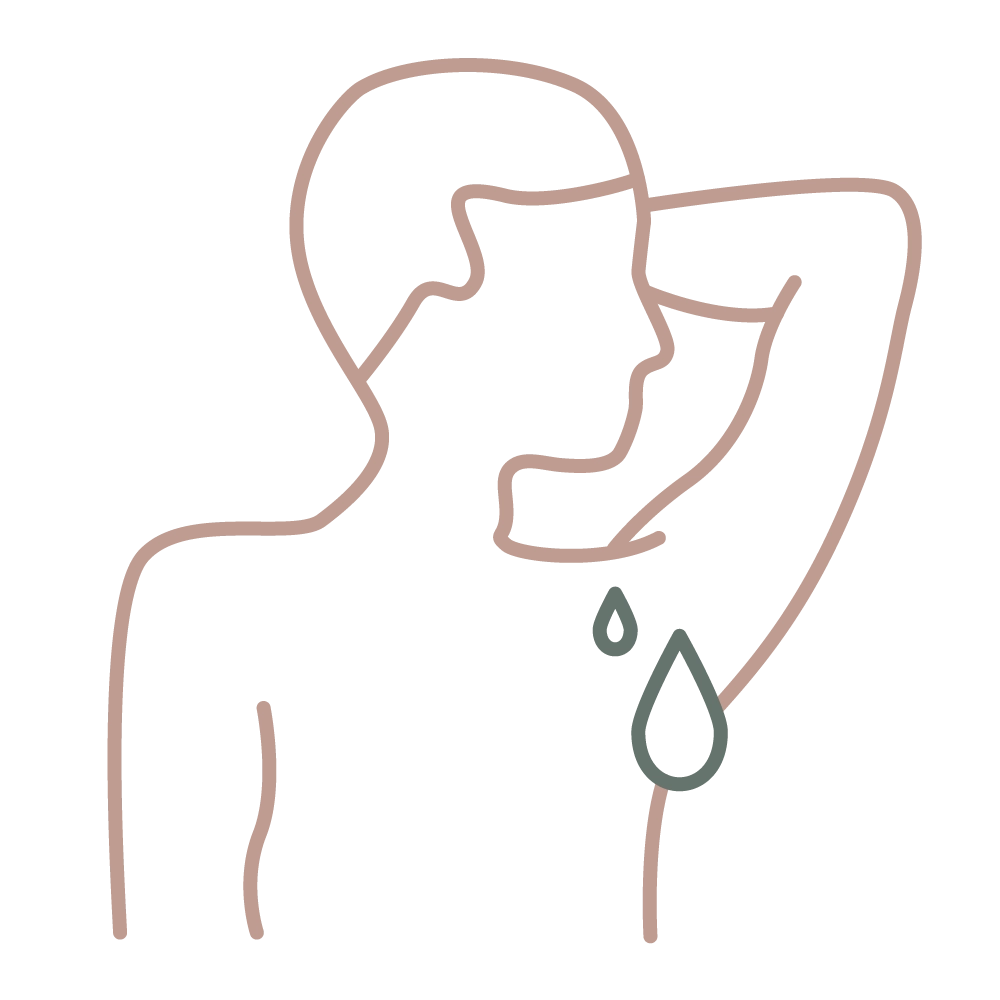

Allergology
Our practice offers various diagnostic procedures to identify allergies – including skin prick tests, patch tests and blood tests. As soon as an allergy has been confirmed, we can advise you on treatment options and coordinate the further procedure with you, issue allergy passports or initiate therapy by means of hyposensitization.
Medical cosmetology
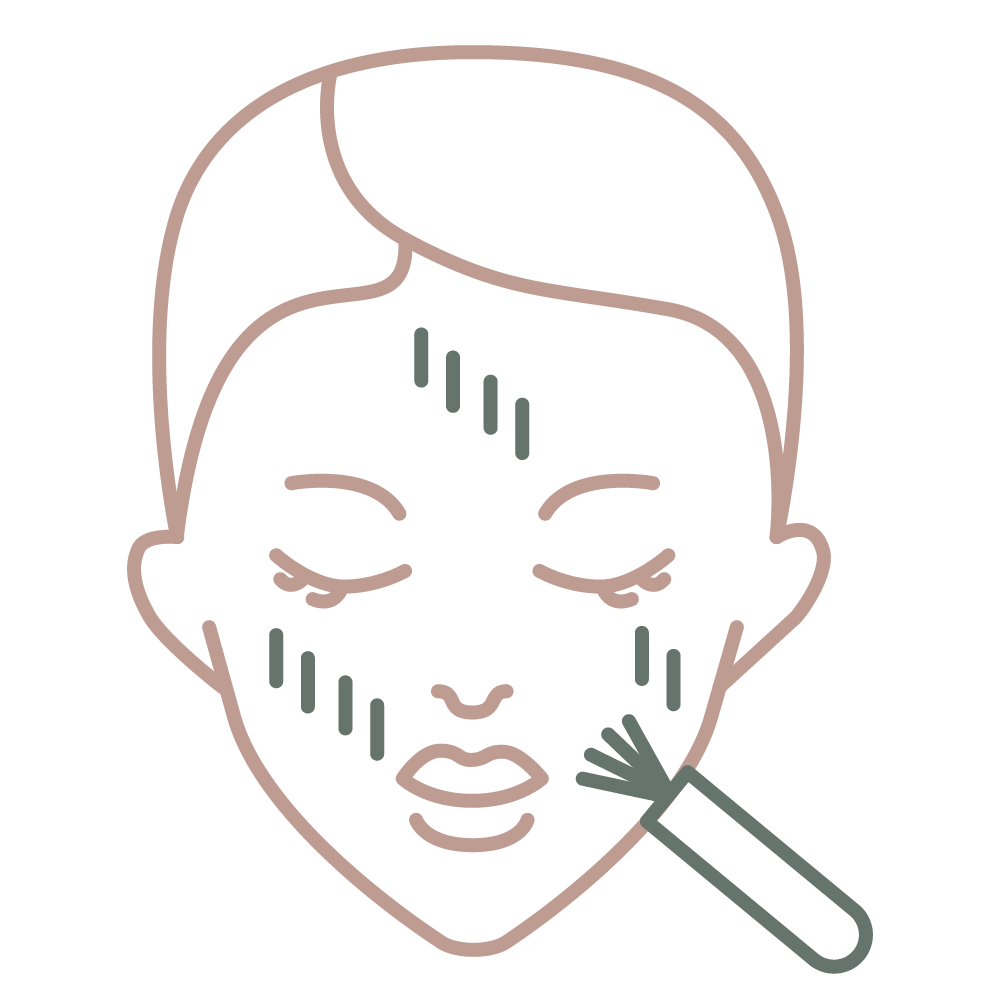
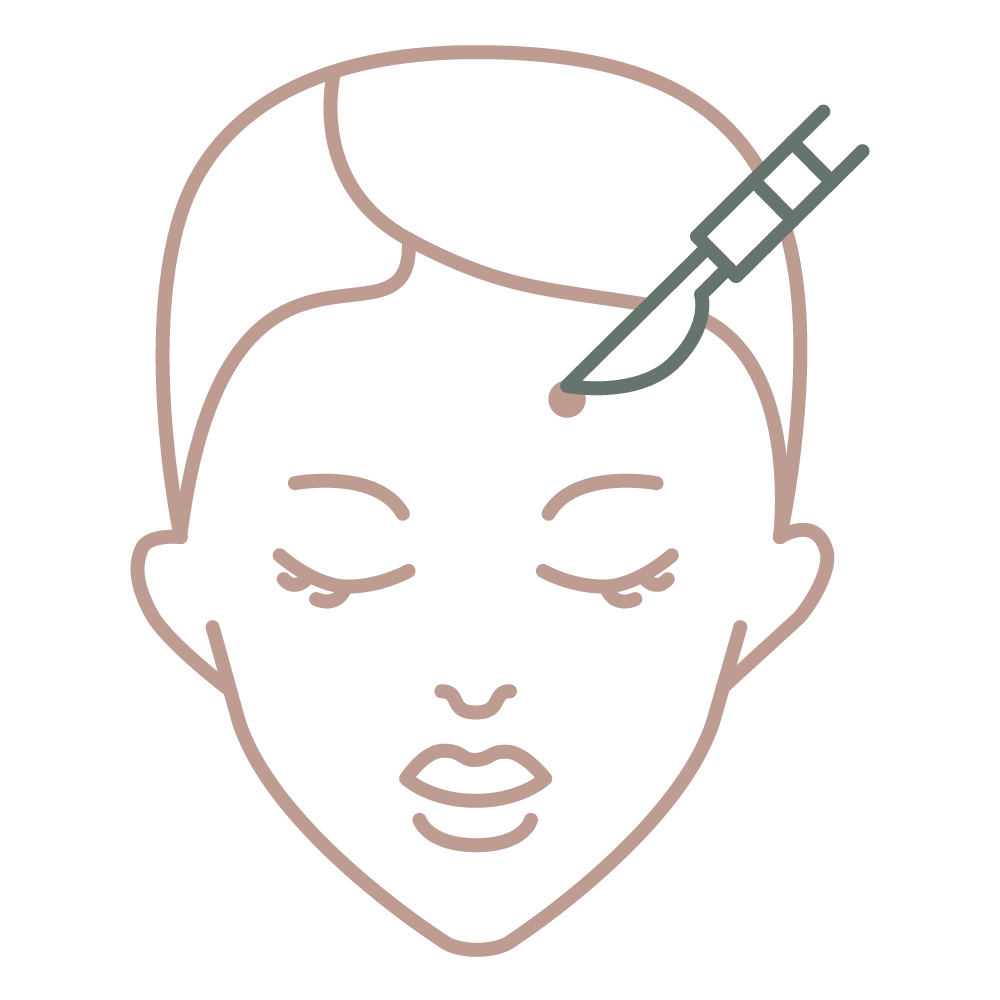
Operative dermatology
Surgical dermatology refers to the field of dermatology that deals with surgical procedures on the skin, the so-called “skin appendages” such as hair and nails and the underlying tissues. It includes both diagnostic and therapeutic measures.
Various procedures are used in surgical dermatology to remove skin lesions (changes in the skin), to treat benign or malignant skin tumors or to carry out cosmetic corrections. These include, for example, the excision (surgical removal) of skin tumors, laser surgery, cryosurgery (cold therapy) and electrosurgery. The treatment of scars, the removal of skin cysts and the performance of skin biopsies also fall within the scope of surgical dermatology. As a rule, the “excidates” – the removed tissue – are examined histologically for diseases.
Surgical dermatological interventions are usually performed under local anesthesia. Follow-up care includes monitoring the healing process, changing bandages, removing stitches and discussing any findings.
Photodynamic therapy (PDT)

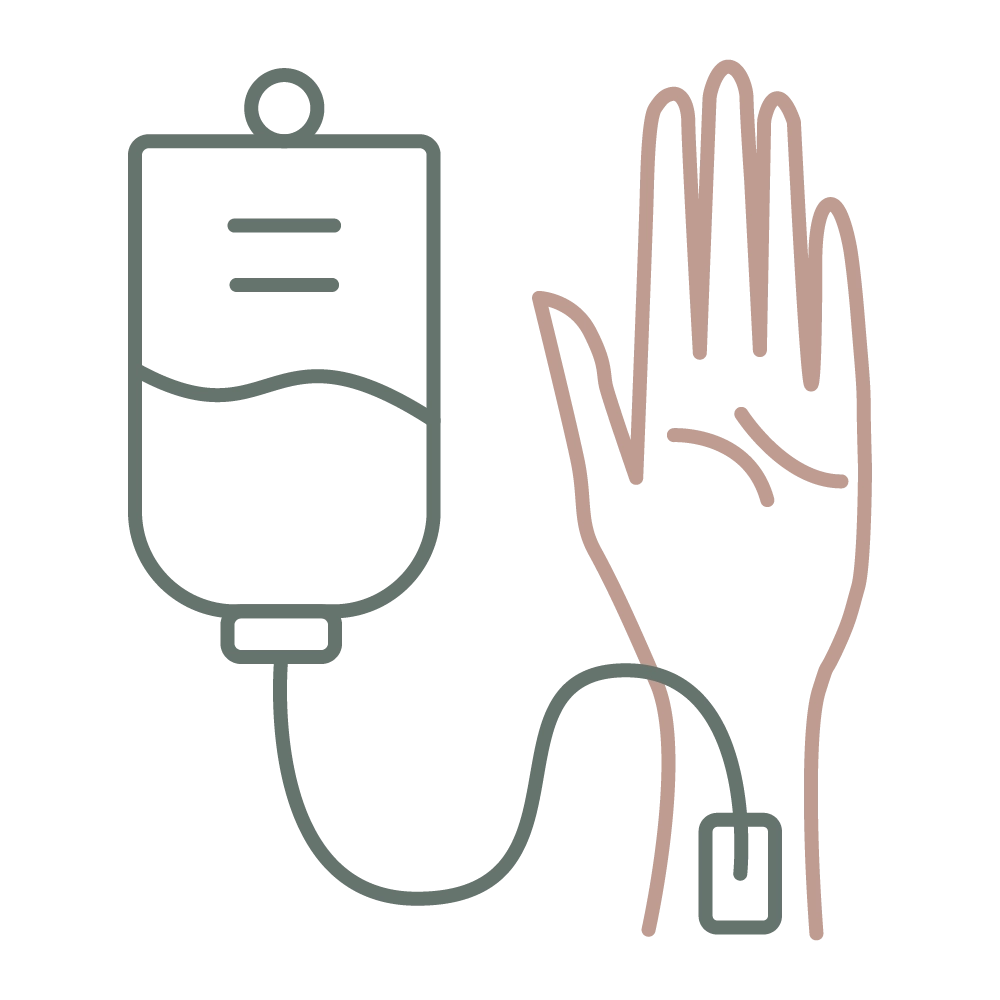
Infusion therapy
Hair and nails
Are you struggling with hair loss? We know how distressing hair loss can be and offer effective solutions to restore hair growth and give you your confidence back.
In our dermatological practice, we are at your side to help you with this sensitive topic. By examining the scalp, analyzing the hair structure, using a plucking test and then, if necessary, blood testing or a histological examination, we investigate the causes and make an exact diagnosis.
Building on this, we offer a variety of treatment options to stimulate hair growth – including drug therapies and non-surgical procedures such as PRP (platelet-rich plasma) therapy or mesotherapy.


Professional dermatology
